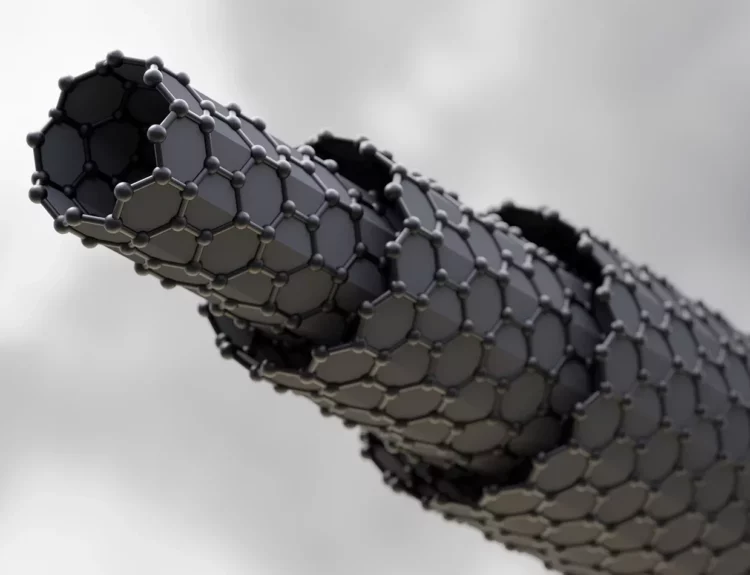When you’re getting ready for a sunny day at the beach or a hike in the great outdoors, you probably reach for sunscreen to protect your skin from harmful UV rays. But have you ever wondered what makes some sunscreens so effective? One key ingredient making waves in the world of sun protection is zinc oxide nanoparticles. In this article, we’ll explore how these tiny particles work in sunscreen, their safety, and what regulatory concerns they raise.
The Power of Zinc Oxide Nanoparticles
First, let’s understand what zinc oxide is. It’s a white, powdery mineral that’s been used for centuries in various skin care products. When ground down to the nanoscale (super-duper tiny), it becomes zinc oxide nanoparticles. These nanoparticles have some fantastic properties:
- Transparency: Unlike the thick, white sunblock you might remember from the past, zinc oxide nanoparticles are nearly invisible when applied to your skin. This means you won’t have that “ghostly” look anymore.
- UV Ray Protection: Zinc oxide nanoparticles can block both UVA and UVB rays, which are the ones that can cause sunburn, skin aging, and even skin cancer.
- Long-Lasting: They stay on your skin longer, so you don’t have to reapply sunscreen as frequently.
Safety Concerns and Regulations
Now, let’s address some important questions about the safety of zinc oxide nanoparticles and the rules that govern their use:
- Skin Absorption: One concern is whether these tiny particles can be absorbed through the skin into the body. Research is ongoing, but current evidence suggests that they generally remain on the surface of the skin and don’t penetrate deeply.
- Environmental Impact: When you go for a swim, some sunscreen washes off into the water. There are concerns about the impact of zinc oxide nanoparticles on marine life and ecosystems. However, studies suggest that the risk is relatively low compared to some other chemicals used in sunscreens.
- Regulations: Different countries have different rules about the use of zinc oxide nanoparticles in sunscreens. In some places, they must meet specific size and safety standards. Always check the label to see if your sunscreen contains zinc oxide nanoparticles and whether it complies with local regulations.
Choosing the Right Sunscreen
If you’re concerned about using sunscreen with zinc oxide nanoparticles, there are alternatives available. Look for sunscreens with non-nano zinc oxide or other mineral-based UV filters like titanium dioxide. These can offer similar sun protection without the use of nanoparticles.
Conclusion
Zinc oxide nanoparticles have revolutionized sunscreens by providing effective, long-lasting protection that’s nearly invisible on the skin. While there are safety concerns and regulations to consider, using sunscreen with these nanoparticles is generally considered safe for most people when applied correctly.
When it comes to sun protection, the most important thing is to use sunscreen regularly and generously, and don’t forget to wear protective clothing and seek shade when necessary.







